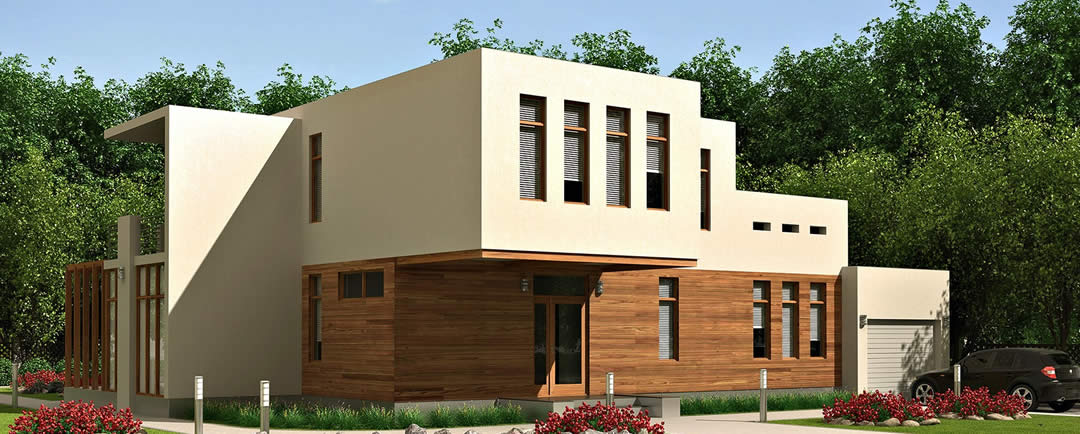Cement rendering: all you need to know about
Rendering the exterior walls of your house involves covering them with a layer of cement render, a mixture of sand and cement. The rendering process involves laying down a thin layer of cement and sand on top of the existing concrete or brick, which helps to create a smooth surface that will make it easier for contractors to work with later on in their construction process and also adds strength to the walls themselves.
What is rendering the exterior walls of a house?
Rendering a house's exterior walls is applying a thin layer of cement to your home's outside and inside surfaces. You can apply this to both sides, but it's more common for it to be done on either side.
This material protects against moisture, heat, and cold, which cause damage to houses. It also prevents water from seeping through, which helps prevent cracks from forming on its surface over time (especially if you live near an ocean).
This material protects against moisture, heat, and cold, which cause damage to houses. It also prevents water from seeping through, which helps prevent cracks from forming on its surface over time (especially if you live near an ocean).
The process of applying cement stucco to the exterior walls of a house can be done by professional contractors or DIY enthusiasts. You may opt for either option depending on your budget and time availability. When hiring professionals, ensure they have texture rendering experience before signing contracts.
Rendering the exterior wall of the house involves covering them with cement rendering.
Rendering the exterior walls of your house involves covering them with a layer of cement rendering, a mixture of sand and cement. The purpose of rendering is to protect the exterior wall from the weather and help insulate it. It also makes for a more attractive appearance, as you can see in this example:
This concrete form has been used since ancient times, but modern home builders have found that this method gives them extra flexibility when building on sloping lots or uneven surfaces. For example, JR rendering in Sydney is advisable for a company that provides texture rendering. When you choose concrete blocks, it's important to realize that they are not a one-size-fits-all solution. Many types of concrete blocks are available, each with advantages and disadvantages. Let's look at today's most common types of concrete blocks for sale.
Conclusion
Rendering the exterior walls of a house involves covering them with a layer of cement rendering, a mixture of sand and cement. The process can take several days to complete, depending on the size of your property and whether or not it's brick or stone-faced. When you're finished, look out for cracks in your rendering, as this will indicate that there isn't enough mortar being used between each coat.



Comments
Post a Comment